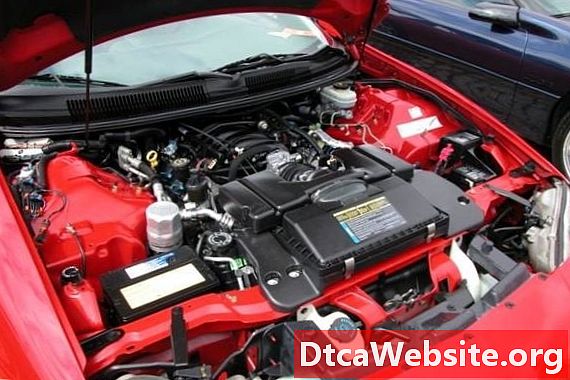
Contenu

The automotive wheel cover is fast becoming extinct in these days of handsomely cast wheels and steel-wheel powder coating. The addition of a heavy metal or plastic cover to protect and beautify a cars wheels just isnt used any more.
Collectible Classics
As a result of the shift in design to decorative rims, the obsolete wheel cover has increased in collector appeal. Theyre affordable souvenirs for cars that might be too expensive to own, and if you are lucky, they can be found by the side of the road. The chrome decorations tend to turn up in piles at garage sales and antique stores, as well. Commonly known as “hubcaps,” wheel covers are discs that cover most or all of the car’s wheel. The term hubcap actually refers to a smaller metal cap that covers the end of the axle -- the hub -- and keeps the wheel-bearing grease in place on antique cars. Early manufacturers added decoration to the hubcap and it evolved over time into the wheel cover.
Name That Hubcap
Without the car it came from to provide con, it can be a challenge to identify a wheel cover, even for a seasoned car-spotter. Its rare that a vehicles model name appears on the hubcap, and throughout the 1950s, 1960s and 1970s, the same hubcap could often be found on several different vehicles of the same make. Still, there are some ways to figure out where a stray hubcap came from.
Whats It Made Of?
The most obvious signifier of a hubcap’s age is the material it’s made of. Heavy, chromed cast iron generally signifies a hubcap dating to the 1940s or earlier. Stamped-steel hubcaps became popular in the 1950s on American cars, and this trend continued for the next two decades. In the 1980s there was a gradual shift to plastic hubcaps, and nearly all modern wheel covers are plastic.
Size Matters
The size can also be a good hint, as 14- and 15-inch wheels were more or less an American auto industry standard throughout the 1950s and 1960s. The growing class of economy cars hitting the streets in the 1960s and 1970s brought in smaller 13-inch wheels, so the wheel covers for compacts like the Ford Pinto and AMC Gremlin are noticeably smaller. Modern cars have gone in the opposite direction, with 16-, 17- and even the occasional 18-inch wheel covers turning up.
Determining Who Made It
Most significant is the decoration at the center of the wheel cover. That’s where the manufacturer logo can be found, providing a key hint as to the hubcap’s provenance. During the 1960s and 1970s, model names occasionally appeared as well, so it’s possible to find older hubcaps marked specifically for the Ford Thunderbird, Chevrolet Caprice, Pontiac GTO and others. Additionally, experienced hubcap spotters will keep an eye out for designs that were unique to a particular vehicle. Cars like the Ford Pinto and Chevy Impala were sometimes equipped with wheel covers that were not shared with any other vehicles in the lineup.


